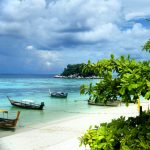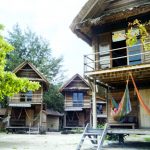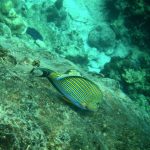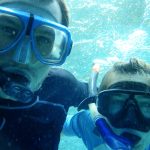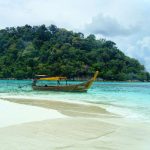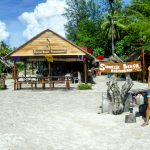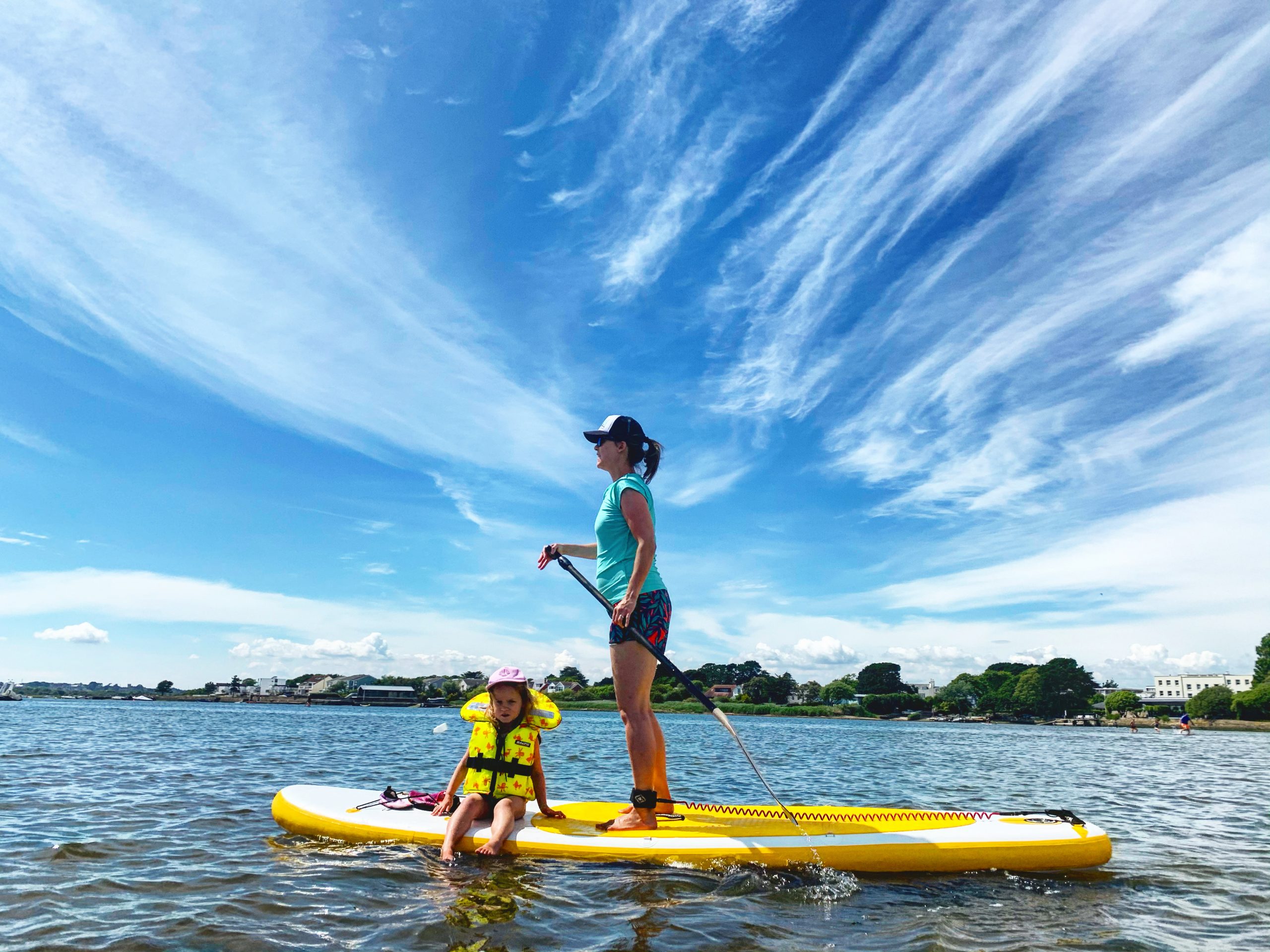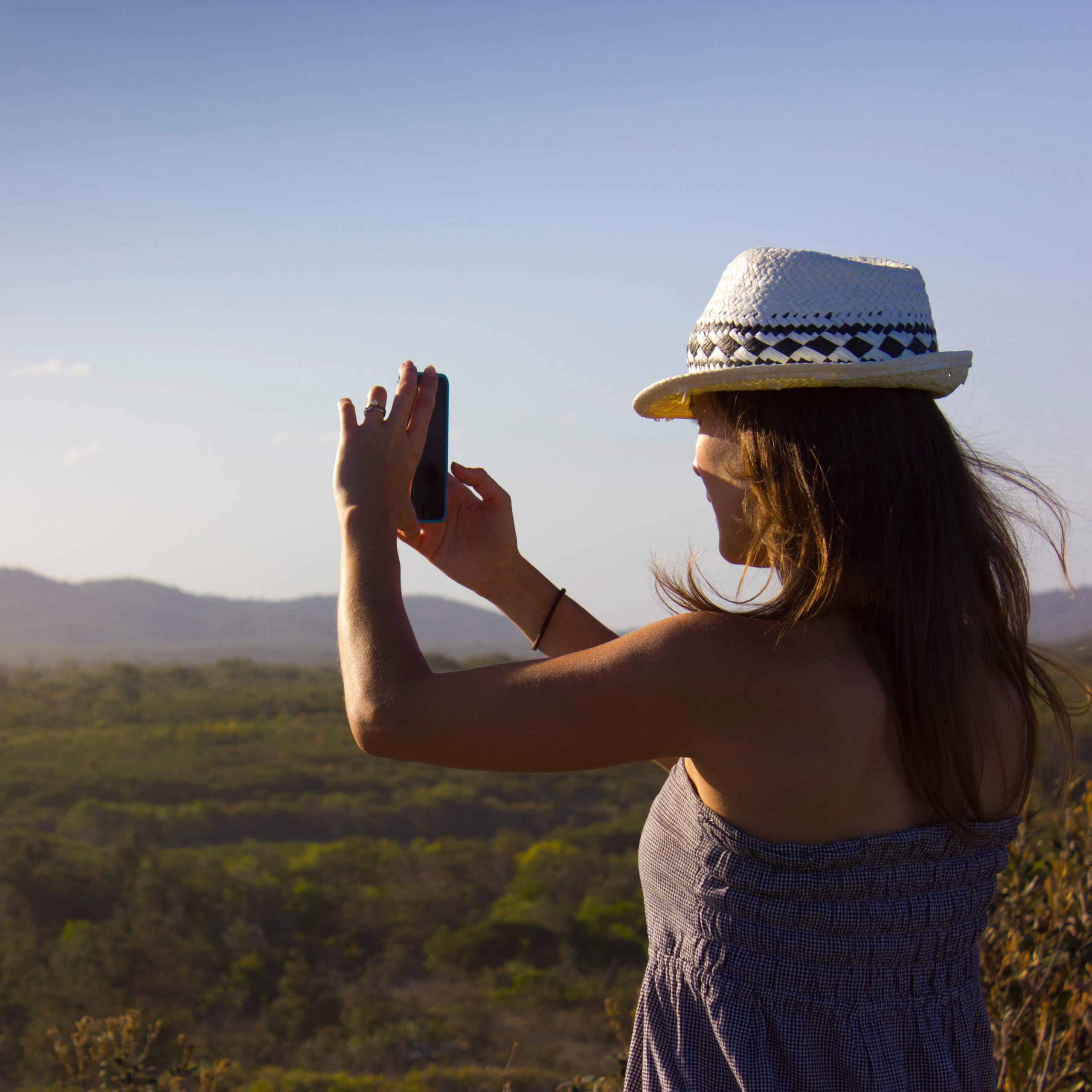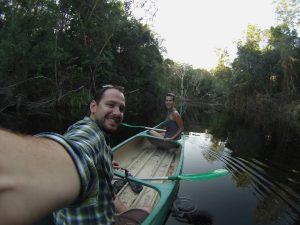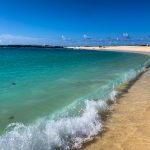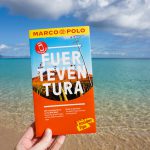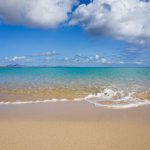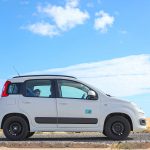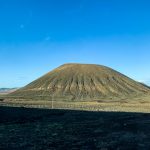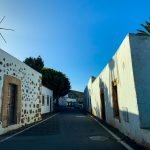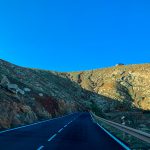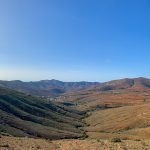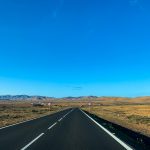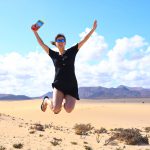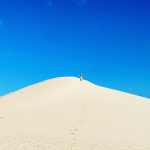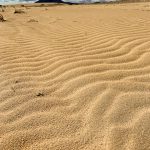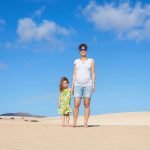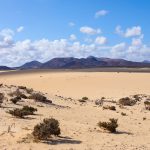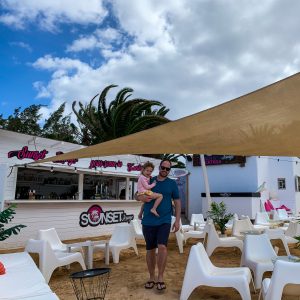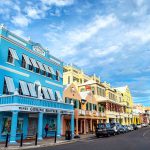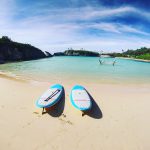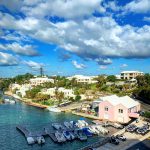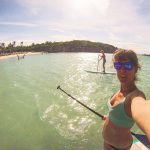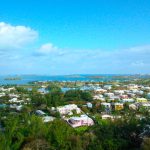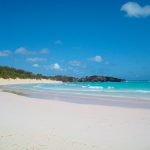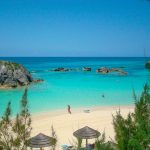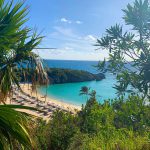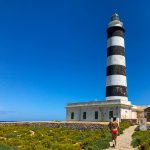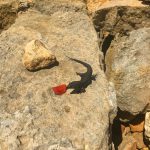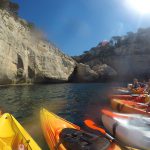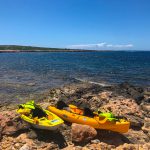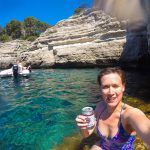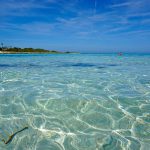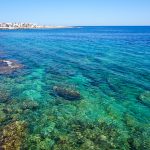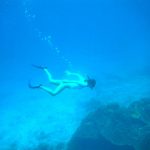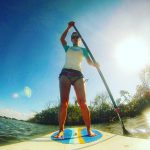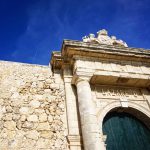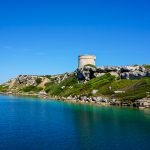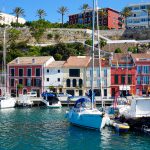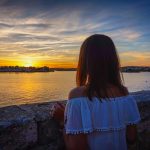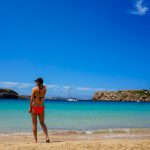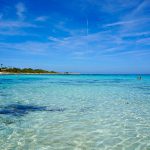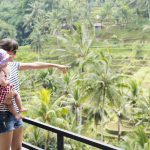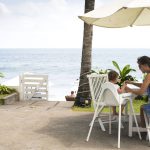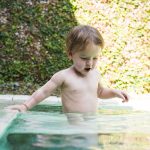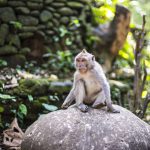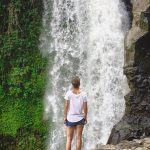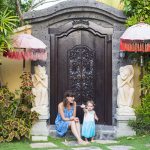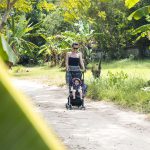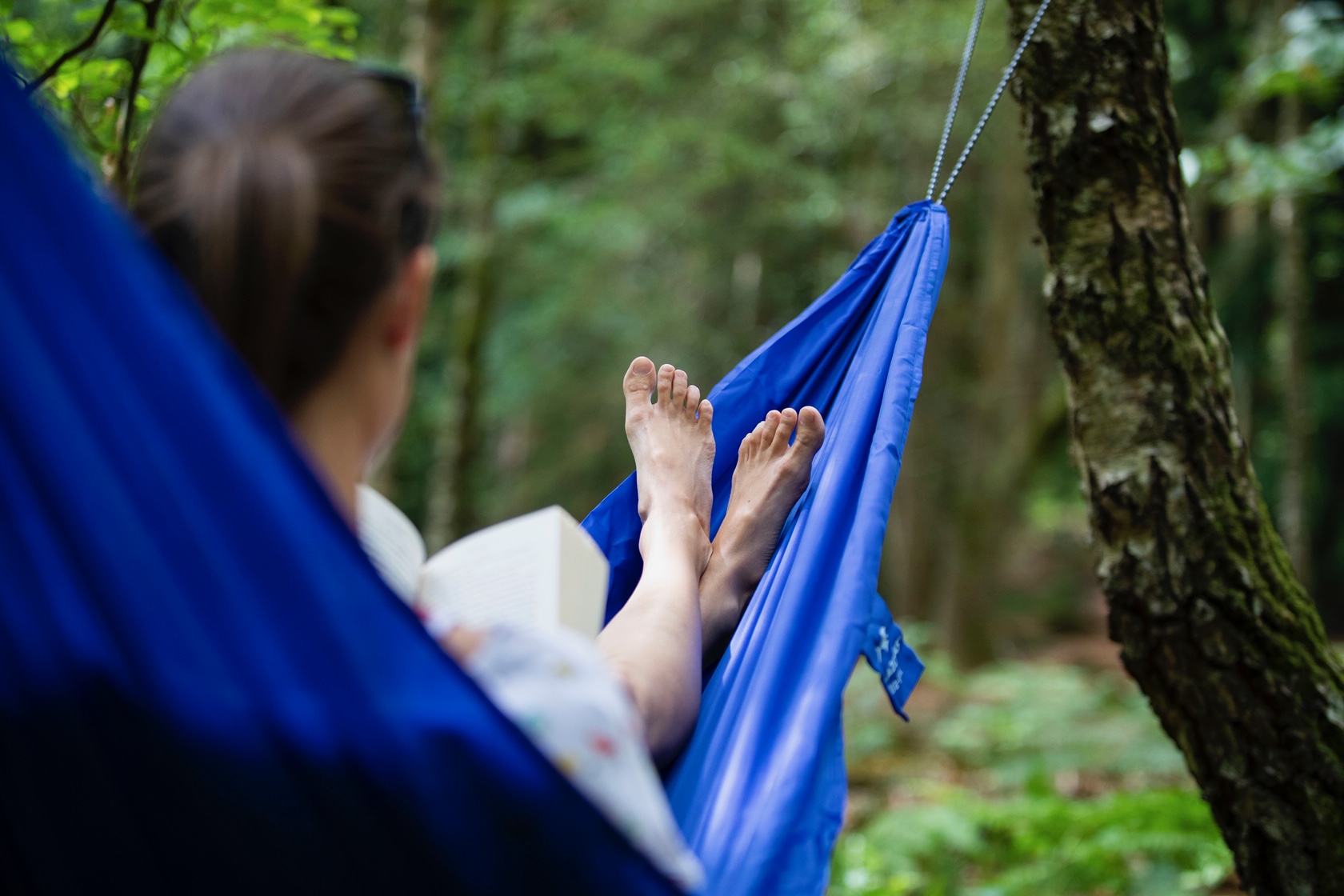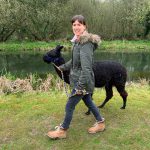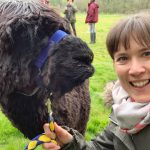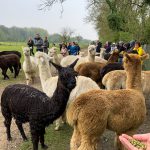My 2020 roundup
At the end of each year, I always write up a round up of my year and where in the world I’ve been. It’s safe to say that year has been a very different one for all of us! I had a baby at the beginning of a world pandemic and took voluntary redundancy from a job I love. With the world shut down, this year has been more about staycationing when we’ve been able to instead of gallivanting around the world, concentrating on family and putting some finishing touched to our house. It’s certainly had its highs and lows and like everyone else I’m looking forward to starting afresh in 2021 and desperate to get back on a plane sometime soon! So, here’s a short round up of what this crazy year looked like for me…
January and February
With baby number two due in early April we booked a break to Fuerteventura for some winter sun and our last holiday as a three. Our week in the sun was just what we wanted, apart from having a few rainy days we got to spend some time on the beach which was so nice considering it was so cold back at home. On the rainy days we hired a car and explored the island. Adventuring away from Corralejo up into the mountains and past towering dormant volcanoes. Running around the sand dunes of Corralejo Natural Park was a favourite activity of my daughter Emily, who loved rolling down the huge dunes.
March
My lovely friend Sam organised a baby shower for me, we had lunch at the Southampton Harbour Hotel. Little did I know it would be the last time in a long while I would get to spend time with my friends. After that weekend the first lockdown was implemented on 23rd March and the magnitude of COVID-19 became a very real thing. Everyone was told to stay at home and only essential shops were to remain open. There was a limit on leaving your home, only once a day for exercise and a maximum distance set. Emily’s nursery closed along with all educational establishments in the UK so like the rest of the nation with kids we had to find daily activities to keep Emily entertained. I put together a post all about things to do with kids during lockdown. Being the summer was a bonus as we could spend time out in the garden. We also tried to get out daily for a walk. Some days were good, and some days were really tough. Having a four year old to keep busy everyday was pretty exhausting. Although it was tough at times, we also had a lot of fun and I enjoyed coming up with ideas to entertain Emily. I’m not gonna lie by about week 3 the novelty of it all was wearing thin.
April
On 14th April I woke up with a few cramps and being a week overdue had an appointment at lunchtime with the midwife for a sweep. Needless to say, that wasn’t necessary! At the appointment the midwife checked me over and let me know I was 4cm dilated. She suggested I could go home if I felt ok to but on leaving and getting back in the car my contractions had gone from manageable to something much more. Matt and I made the decision to head straight to the hospital in Southampton as it was a 40-minute drive from where we were in Lymington. I’m glad we made this decision as it got so bad, we thought we might not make it in time! Within 20 minutes of getting to the Princess Anne hospital Jack Evan Dunkinson arrived into the world at 3.05pm, weighing 7Ib 5oz. We went home that night, it felt very surreal as with Emily there were a few complications, so I stayed in hospital for 4 days. It was so sad to not be able to have family meet and hold Jack when he was so tiny, but a blessing that we had so much time together to adjust as a family of four.
May
As restrictions lifted slightly, we were able to go to the beach, something that had been so normal for us now seemed like a novelty. Matt’s work dried up due to the virus, which all got a bit stressful, but after help from the government we could relax a little. Taking a positive from it was so good to be able to spend so much time together especially with a newborn. We explored more of our local area; a sunny afternoon spent by the lakes at Longham was one of my favourites. Driving past Bournemouth airport that day, it was strange to see all the grounded British Airways aircraft. Seeing the Airbuses, 777s and 747s all lined up along the runway made me feel really emotional. Little did I know what was to come with my job as cabin crew at this point too.
June
The highlight in June was getting back on my paddleboard, the last time was in Bermuda in November. I wrote a post all about it: A babymoon in Bermuda. We went to Mudeford in Dorset as we knew it would be fairly easy to find a spot away from others and there’s a great bit of water just behind the quay. We needed somewhere easily accessible, as we were still getting used to having a new baby plus a four year old to get out of the house. The grassy bit by the main carpark was the perfect spot to put up our beach tent and from there I could carry my board straight down to the water’s edge. The tide was low so Emily and I could walk for miles in the shallow water. It was so nice to be back out on the ocean and Emily loved it too.
July
I visited Sculpture by the Lakes in Dorset on a press trip in July. I was allowed to take a plus one, so chose my Dad. It was so nice to be able to spend some time with him.
As the world was closed for travel, we bought a tent! Our first camping trip was an interesting one with Jack being only 3 months old. But we muddled through and had the best time in the end. Staying local I found Harry’s Field in Fordingbridge. It was in a lovely little spot in the middle of the forest with donkeys outside the camping field and a pub next door. It had all the rural, rustic feels and wasn’t too big.
August
The next camping trip was to Lepe Beach, camping in a field overlooking the Solent and Isle of Wight was lovely. We got to paddle in the sea and stargaze by the campfire.
Later on in August we went a little further afield to camp in one of our favourite counties, Dorset. We also upgraded to a larger tent, a bargain that we found on Facebook Marketplace. Benville Manor campsite was unlike any other campsite we’d stayed at before. It was wild camping at its finest and surrounded by woodland. Emily made friends with some other children and was off exploring for hours. Compost toilets and outdoor showers added to the rustic feel of this site and locally grown veg and produce could be purchased from the camp hosts. We loved it here.
I officially ended my career with British Airways on 31st August while we were camping. It was nice to be away to take my mind off of it. I chose to take voluntary redundancy after nearly 15 years working as cabin crew in a job I loved. Leaving was one of the hardest decisions I’ve ever had to make. I still have days where I feel down about it and I miss it dearly. I was on maternity leave when it all happened so it’s strange to think I’ll never go back and sad that I didn’t like so many others get to say goodbye to all of my lovely friends and colleagues.
September
Squeezing in one more camping trip at the end of the summer was a nice way to spend time together before Emily started school. We kept it very local and drove 10 minutes down the road to Lymington. We camped with friends and being outdoors the whole time made it very easy to social distance. Everywhere was fully booked apart from Hurst View Campsite, it was perfect. A short stroll from the seawall and plenty of open space for Emily to run around.
October
October was a really fun month. I went down to Newquay on a surf trip but unfortunately due to storm Alex I didn’t get to surf! It was still a great weekend though with lots of yoga, a surf theory session, a workout session on the beach and a bit of bodyboarding.
We had a trip to Center Parcs in Longleat booked from June but moved it due to lockdown. It was so nice to get away, we spent the week exploring the forest, swimming, walking around the lake, relaxing. Emily got to do loads of fun activities including driving a mini Land Rover, having her hair braided and make a teddy bear.
I attended Waypoint, my first online conference. I watched live talks and chatted to representatives from travel brands. It was nice to immerse myself back in the travel world, even if it was through my laptop.
November
I’d been wanting to update my website for a while and in November Joe from JHIT re-designed it. I’m so pleased with how it looks; he’s done a fantastic job. If you need a website built or a re-design, he’s your man.
I collaborated with skateboard brand Elos. I’d never been on a skateboard before so when Elos contacted me I thought it would be a great opportunity to give it a go. I was a little apprehensive that I’d come straight off, but I actually ended up surprising myself and found it really fun!
December
Christmas has been a wonderful distraction this year from all the craziness going on in the world. Our plans changed quite a bit just like everyone else due to government imposed restrictions which were certainly necessary, but I know hard on a lot of people. We had a lovely day; it was particularly special this year as it was Jack’s first Christmas.
A trip to the Isle of Wight for a few nights was on the cards over the new year but due to government guidelines changing and Hampshire entering a higher tier we have been unable to go. Finger crossed we get to go in February, we’ll see!
Goodbye 2020
This year has been less about travel, much less about travel than usual. Although I’ve lost my job and it’s been pretty hard at times, the year has taught me to be thankful for everything that I have, family, friends, health, a home and to never take the little everyday things for granted.
I hope you are all surviving and as the year comes to a close, fingers crossed we can all start to pick up where we left off in 2021. Here’s hoping for lots of new adventures and to be able to get back up in the skies and explore new places once again. I know when I get back on a plane, I’ll see it in a whole new light and appreciate every single moment.




